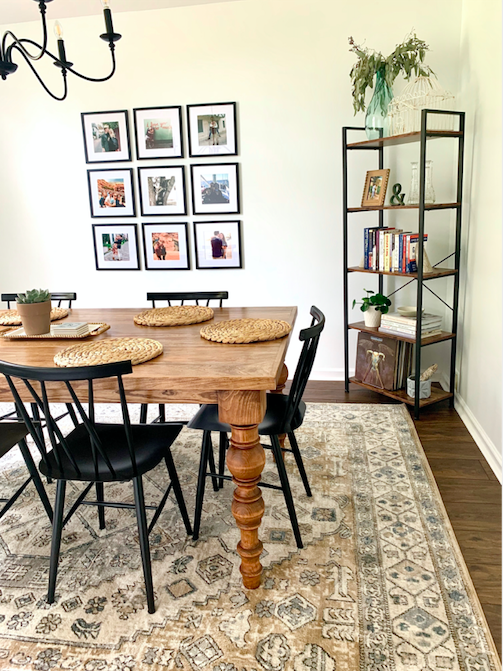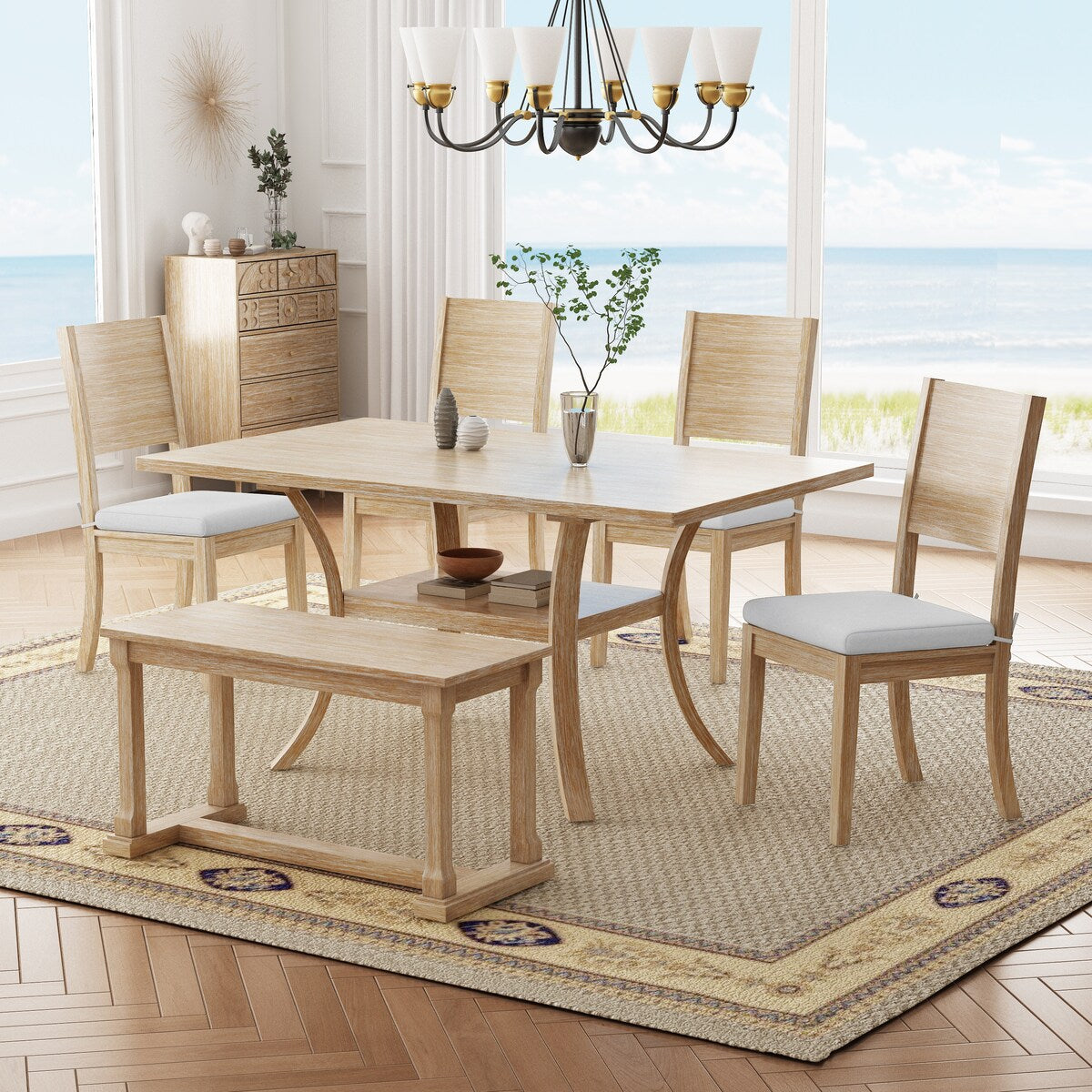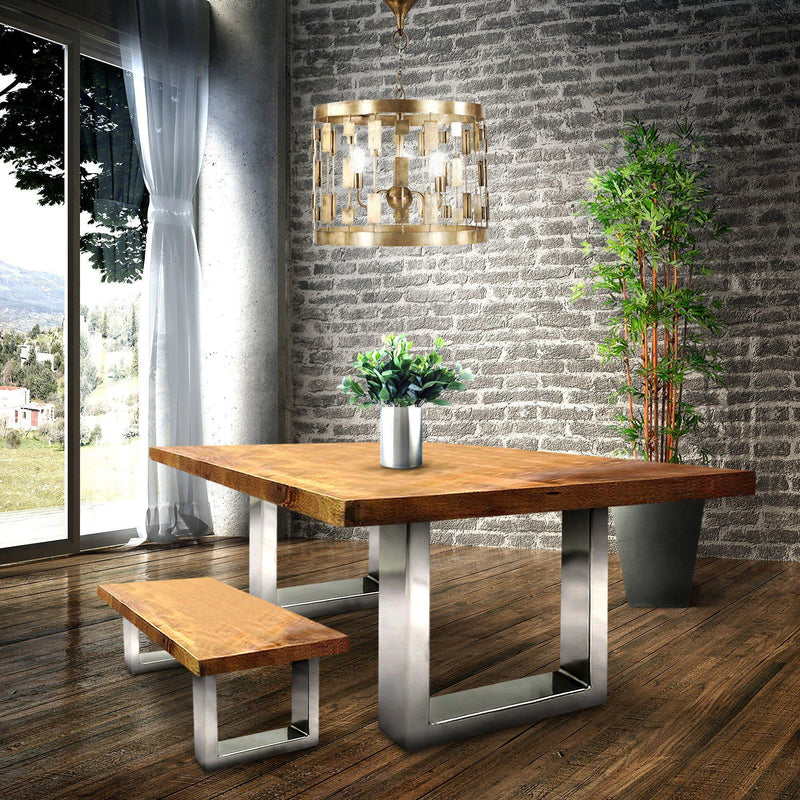Why Custom Dining Room Table Legs Are Worth the Investment
Why Custom Dining Room Table Legs Are Worth the Investment
Blog Article
Exactly How to Choose the Perfect Dining-room Table Legs for Your Home Décor
Picking the perfect eating room table legs is a nuanced process that requires cautious consideration of numerous elements, including your room restrictions, visual choices, and sensible requirements. The interplay in between styles, products, and measurements can significantly influence the setting of your dining location, making it necessary to approach this decision carefully.
Assess Your Eating Space
Examining your dining space is vital for picking the right table legs that complement both visual appeals and performance. Begin by measuring the dimensions of your eating area, including ceiling elevation, flooring room, and closeness to various other furniture. This details will certainly aid figure out the proper dimension and height of your eating table, which directly affects the option of table legs.
Next, think about the design and design of your dining room. For circumstances, an open-concept style might take advantage of table legs that use aesthetic lightness, such as slim steel or acrylic alternatives. Alternatively, a more conventional setup could ask for sturdy wooden legs that provide a sense of permanence.
Review the existing color palette and materials in your eating location. Integrating the table legs with these components develops a natural look that boosts the overall design.
Inevitably, a detailed analysis of your dining room will lead you in making a notified decision, ensuring that your table legs not only boost the aesthetic allure yet also offer practical objectives.
Consider Your Style Preferences
When choosing eating room table legs, it is essential to assess your personal style preferences, as they dramatically influence the overall visual of your dining area. Your selection of table legs can either complement or comparison with existing decoration, making it essential to align them with your favored interior decoration theme.
If your home leans in the direction of a contemporary aesthetic, consider sleek steel or minimalist wooden legs that provide a clean, clean look. For an extra traditional strategy, ornate wooden legs with complex carvings can include a touch of style and sophistication. Industrial designs profit from durable, raw materials such as redeemed wood and steel mixes, reflecting a sturdy beauty.
Furthermore, farmhouse and rustic designs often prefer tough, chunky legs that evoke a feeling of heat and comfort. Alternatively, if your decor is diverse, you may pick unusual forms or a mix of materials to create visual passion.

Evaluate Material Options
The choice of material for dining area table legs plays a critical role in both sturdiness and aesthetic charm. Common products include timber, metal, and composite options, each offering distinctive attributes that can influence the overall look and durability of your table.
Timber is a classic selection, recognized for its heat and flexibility. Hardwoods like oak and walnut give remarkable toughness and can be finished in numerous discolorations to match any design. Nonetheless, softwoods like want are a lot more vulnerable to scratches and damages, making them much less ideal for high-traffic areas.
Steel legs, frequently crafted from steel or aluminum, exude modernity and industrial beauty. They are resistant and extremely sturdy to wear, making them ideal for families with youngsters or frequent celebrations (dining room table legs). Additionally, metal can be completed in various shades, boosting the customization possibilities
Composite products, such as MDF or laminate, deal price and varied designs. While usually much less sturdy than solid timber or steel, they can still provide a stylish look and are commonly easy to preserve.
Eventually, the material you choose should line up with your lifestyle, visual choices, and the level of usage your dining table will certainly experience.
Determine Elevation and Dimension
Picking the suitable height and size for your eating space table is important for both capability and convenience. The typical height for dining tables commonly ranges from 28 to 30 inches, allowing adequate legroom for most people when seated. It is essential to consider the dimensions of your dining area and the kinds of chairs you intend to use.

Additionally, take into consideration the proportions of your dining-room. A larger table in a roomy area can produce a grand atmosphere, while a smaller sized table works well in more intimate setups. Inevitably, the right elevation and size will integrate with your overall design and improve the dining experience for you and your visitors.
Explore Customization Possibilities

In addition, the my link layout of the legs can be personalized to fit numerous styles, such as rustic, modern, or commercial. Tapered legs can stimulate a mid-century contemporary feel, while beefy, block-style legs might resonate with conventional or farmhouse decoration.
House owners can also discover color coatings, from all-natural timber discolorations to repaint, allowing them to match or contrast with the tabletop and surrounding decor.
Furthermore, leg elevation can be changed to suit specific seating setups or individual preferences, enhancing both comfort and functionality.
Last but not least, one-of-a-kind embellishments, such as carvings or ornamental brackets, can further customize the table legs, making the eating experience not just a dish but a declaration item in the home. By thinking about these personalization alternatives, house owners can create a dining-room table that truly reflects their individuality.
Verdict
Selecting the suitable dining room table legs needs mindful factor to consider of various variables, including the measurements of the dining area, design choices, product sturdiness, and desired height. Customization alternatives even more improve the capacity to accomplish a cohesive visual that enhances the overall design. anonymous By systematically examining these components, homeowners can make sure that the chosen table legs not only meet useful requirements however additionally add positively to the eating experience and atmosphere of the home.
Selecting the perfect dining room table legs is a nuanced process that calls for careful consideration of different components, including your space constraints, visual choices, and sensible requirements.Evaluating your dining area is critical for selecting the right table legs that match both visual appeals and functionality.When identifying dimension, gauge the location where the table will be put to ensure it fits conveniently, permitting for at least 36 inches of clearance around the table for very easy movement. A bigger table in a spacious location can produce a grand atmosphere, while a smaller table functions well in even more intimate settings.Picking the optimal dining find room table legs requires mindful factor to consider of different variables, including the measurements of the eating room, style choices, product resilience, and wanted elevation.
Report this page